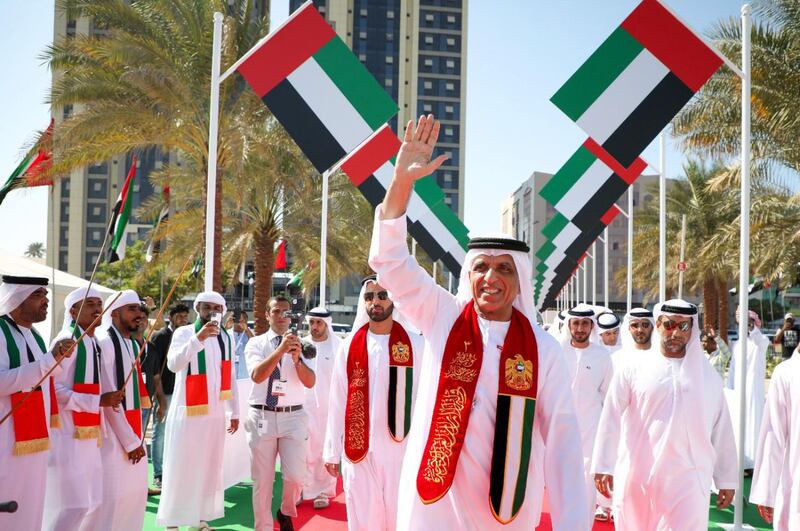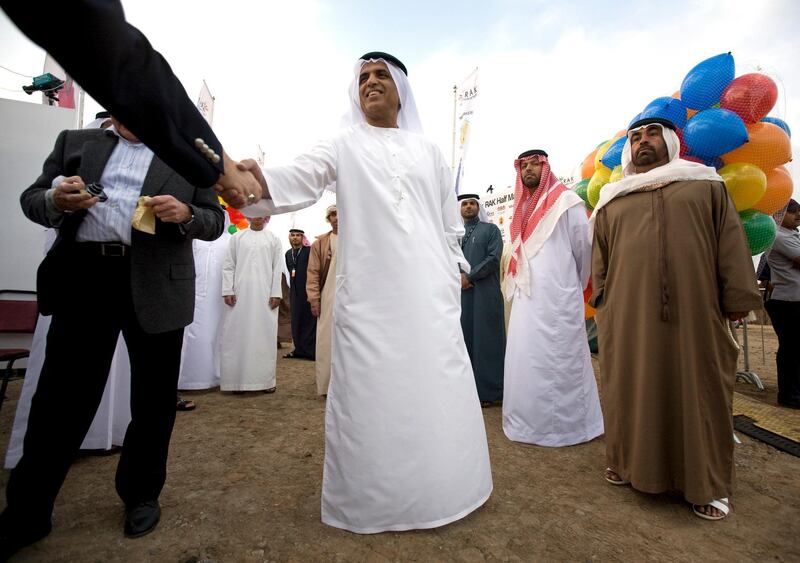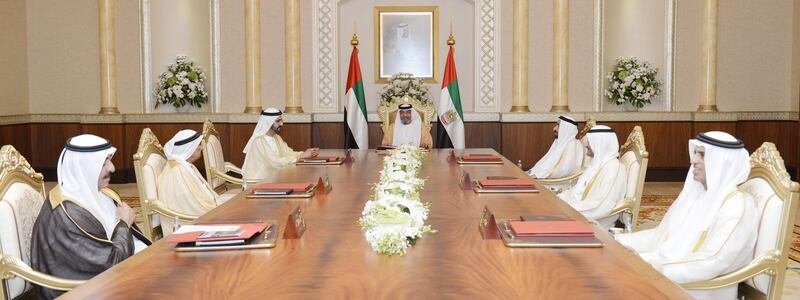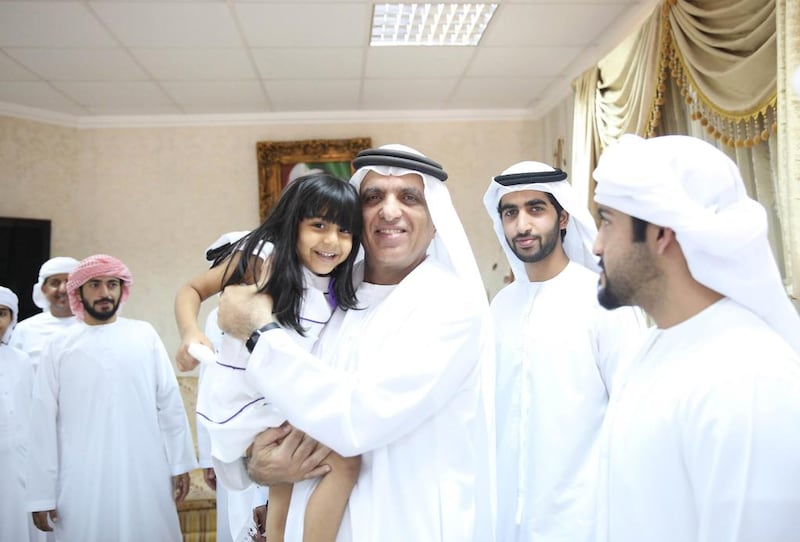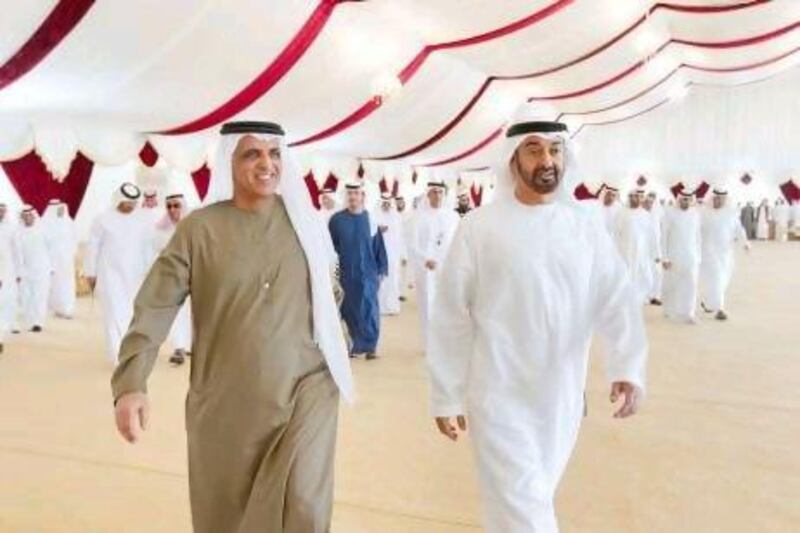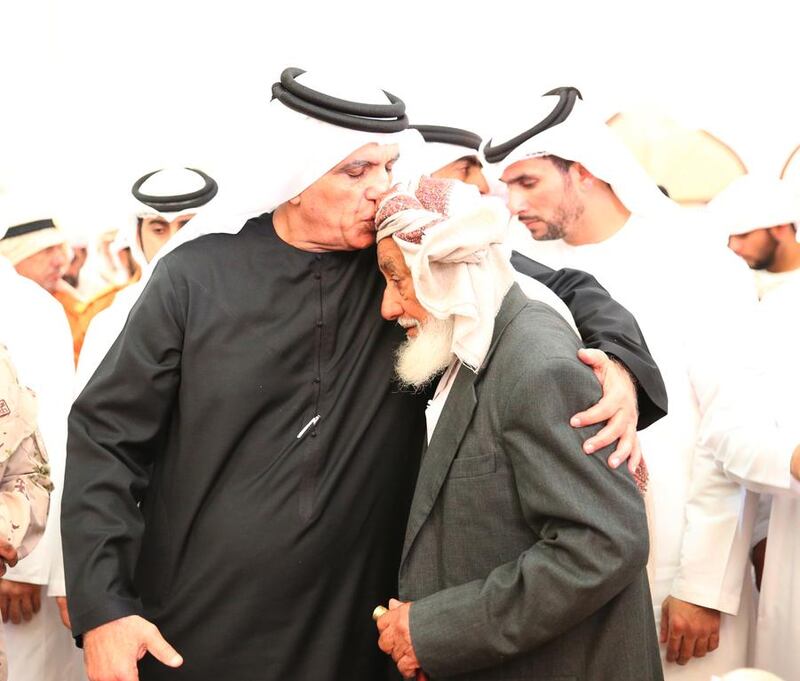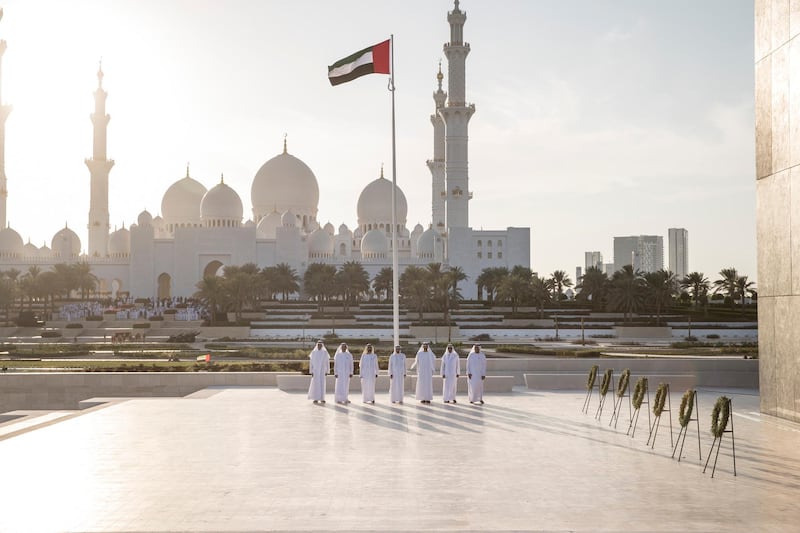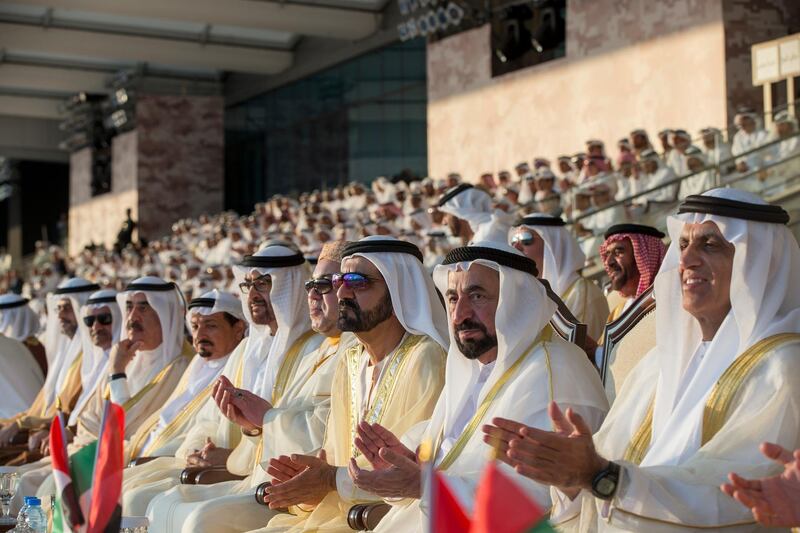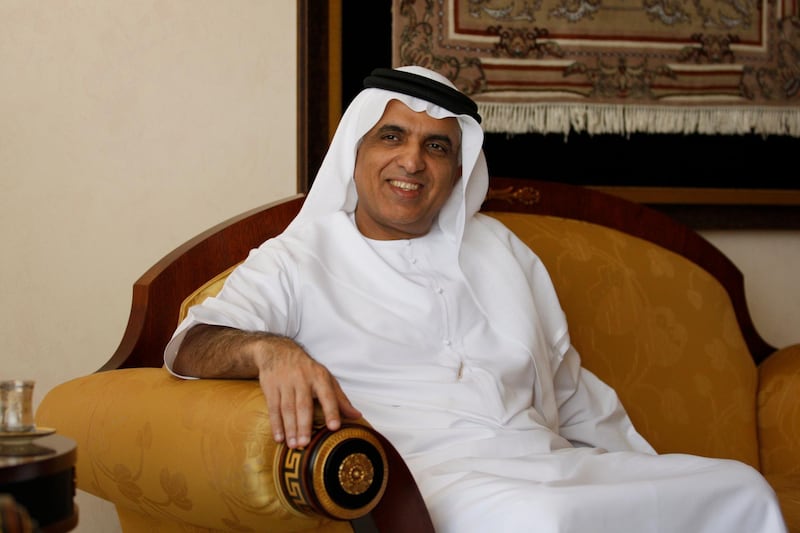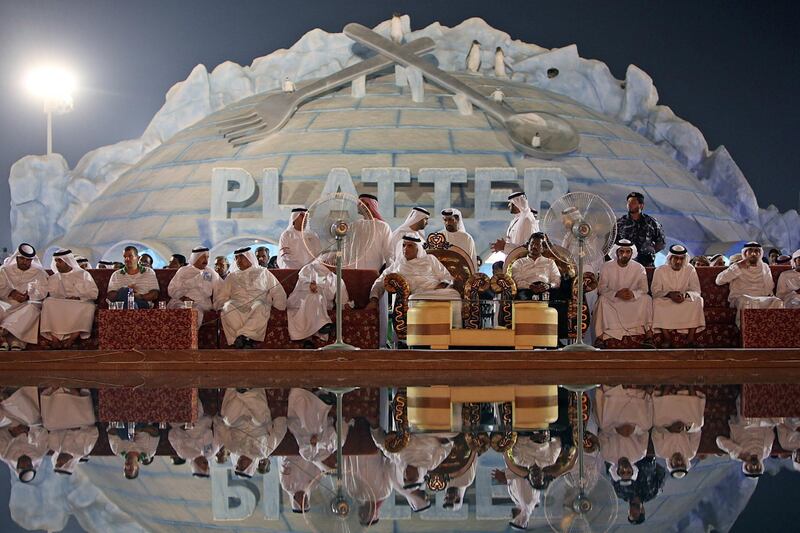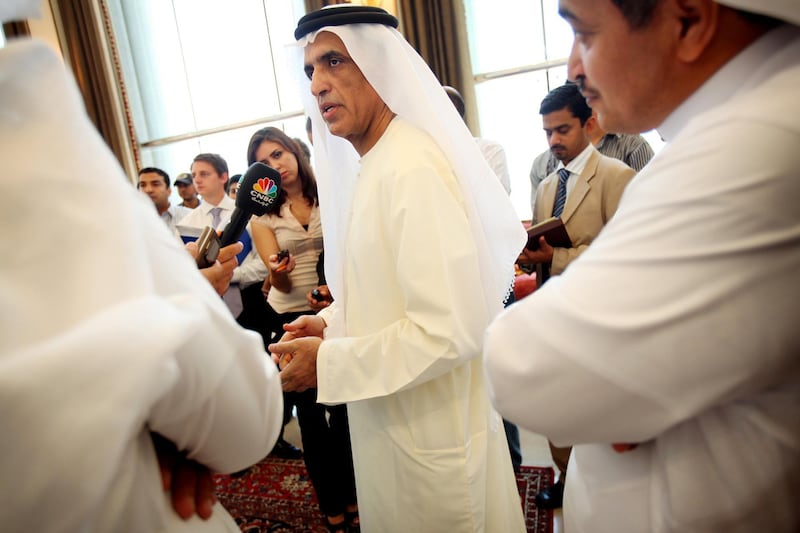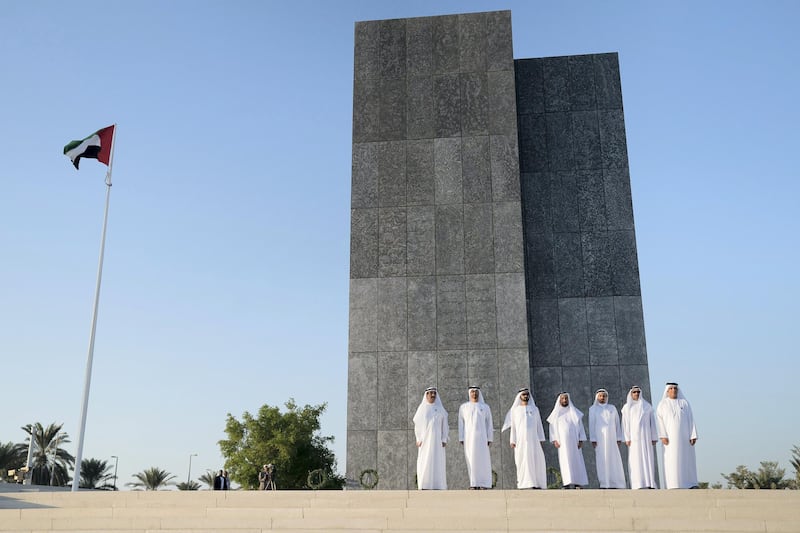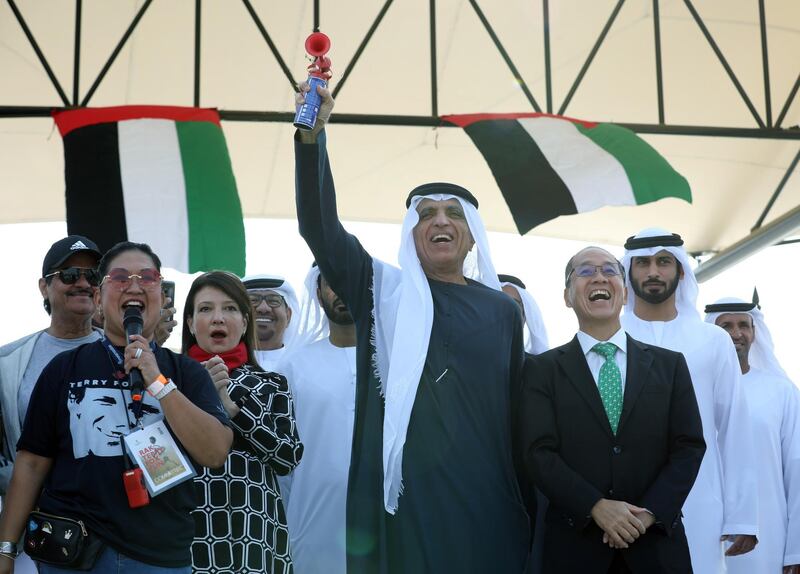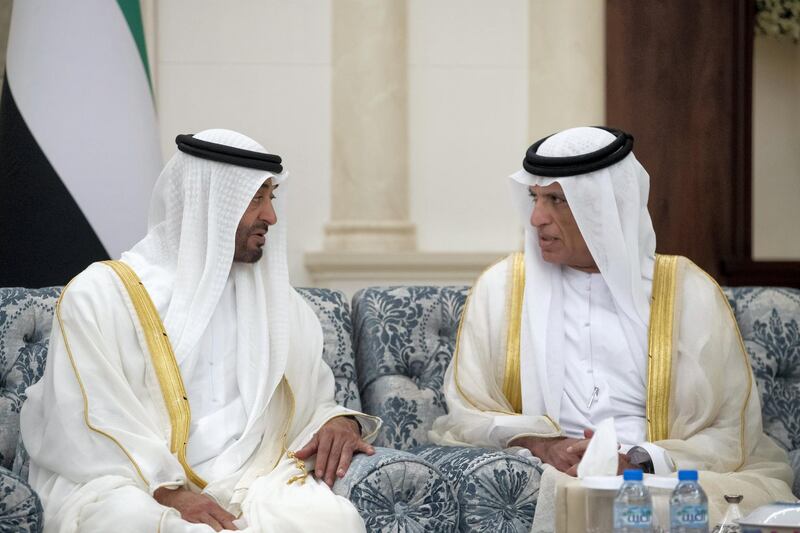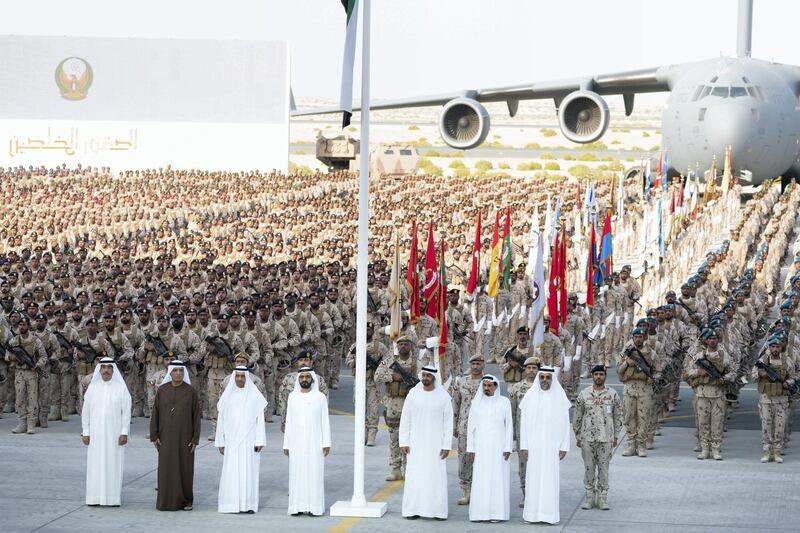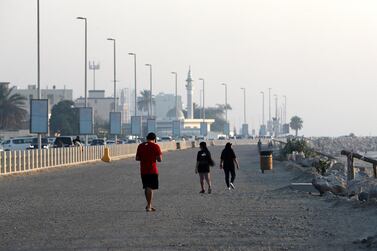The government of Ras Al Khaimah on Wednesday marked 10 years since the appointment of Sheikh Saud bin Saqr as Ruler of the emirate and member of the UAE’s Supreme Council, the country’s highest federal authority.
Sheikh Saud bin Saqr became Crown Prince and deputy ruler in 2003.
In the decade that followed, the population more than doubled to 438,000 and its geography has been transformed.
4 heart-warming moments of Ras Al Khaimah leader
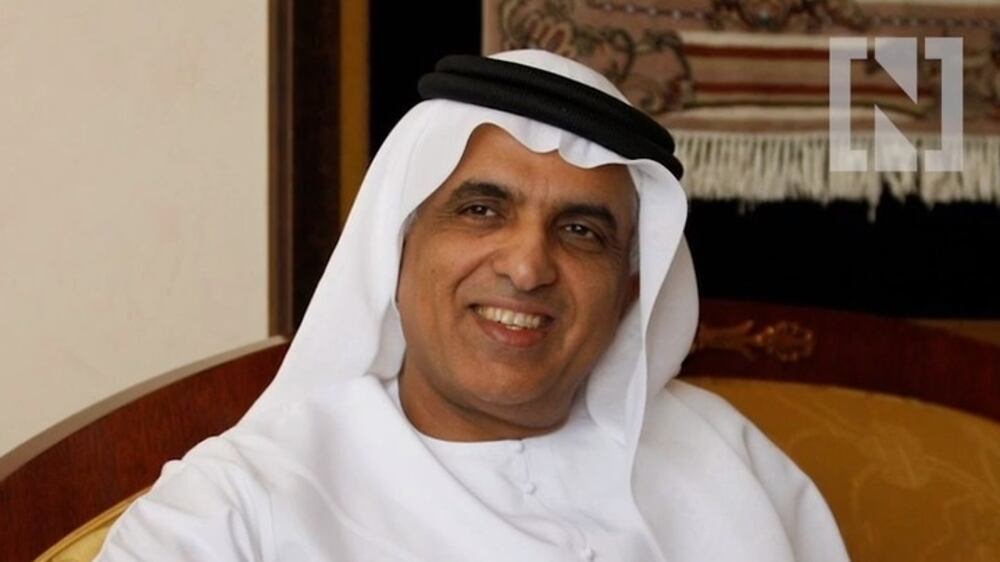
Working closely with the federal government, the emirate completed large scale infrastructure projects, including thousands of homes for citizens and investment in roads, electricity and water supply to meet the demands of a quickly growing population.
Residential projects included the construction of the coastal Mina Al Arab and the expansion of the gated Al Hamra Village, which is home to 10,000 residents.
Additionally, two new sprawling desert suburbs, Mohamed bin Zayed City and Khalifa bin Zayed City, provided thousands of homes for Emiratis.
Ras Al Khaimah ruler cycles around Jebel Jais

The emirate’s GDP grew to Dh35.1 billion by 2016, after rising between five to seven per cent annually from 2011.
Sheikh Saud guided the emirate through these changes.
Manufacturing remains Ras Al Khaimah’s largest economic sector, contributing to about a third of its GDP. In the past decade, its two largest quarries, Stevin Rock and RAK Rock, expanded their annual output from 48 million tonnes to about 80 million tonnes.
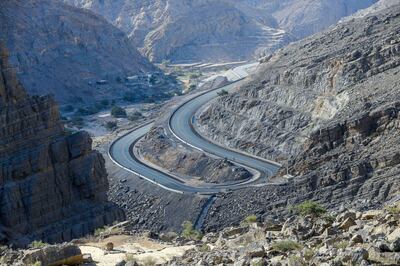
To attract entrepreneurs, the emirate’s two free zones merged in 2017 as RAK Economic Zone, which hosts 15,000 businesses.
The emirate has sought to capitalise on its natural beauty by developing its tourism sector. Visitors increased from 390,000 in 2011 to more than a million in 2019 amid the opening of new tourist sites, including the man-made Marjan Island archipelago on the south coast.
The long anticipated completion of the 20-kilometre Jebel Jais road opened up Ras Al Khaimah’s mountains and wadis as a destination for outdoor sports.
The final section of the Dh90 million RAK Ring Road, a 30-km bypass that connects the E311 to communities and quarries north of the city, is expected to open soon.
Born on February 10, 1956, Sheikh Saud was the fourth son of Sheikh Saqr and is married to Sheikha Hana, the daughter of a prominent Emirati businessman, Juma Al Majid.
Prior to becoming Ruler, he set up a number of local companies, including RAK Ceramics.
His son, Sheikh Mohammed, succeeded him as Crown Prince.
His father, the late Sheikh Saqr bin Mohammed, was a founding father of the UAE and ruled Ras Al Khaimah for 62 years.
His greatest legacy was education for men and women and, from the 1950s, he appealed to Arab states such as Kuwait and Egypt to send teachers and develop some of the first modern schools in the Trucial States.
When Ras Al Khaimah joined the UAE in January 1972, many of the country’s first ministers and leaders were drawn from the emirate’s educated population.
Tuesday was the 10th anniversary of Sheikh Saqr’s death.
